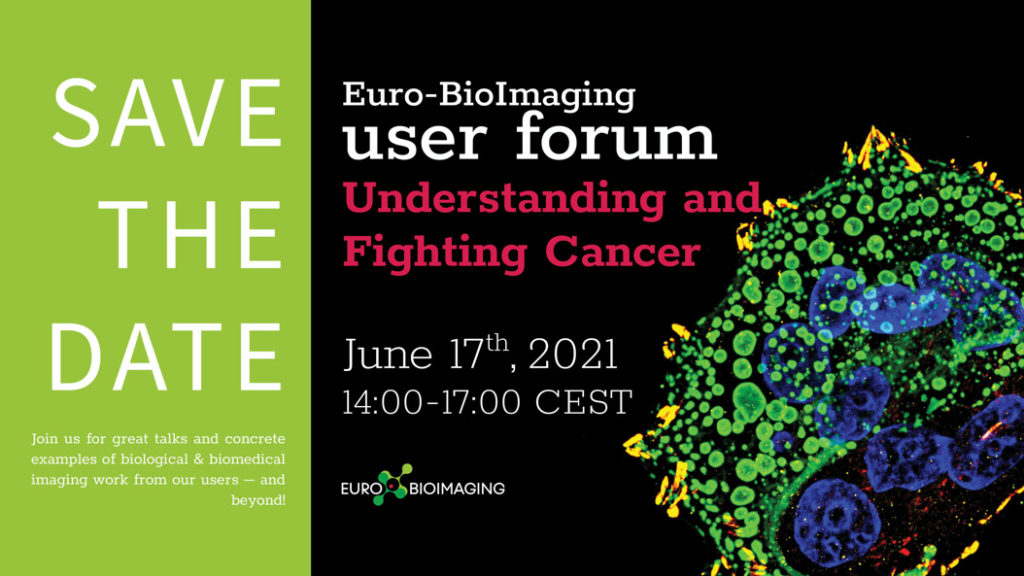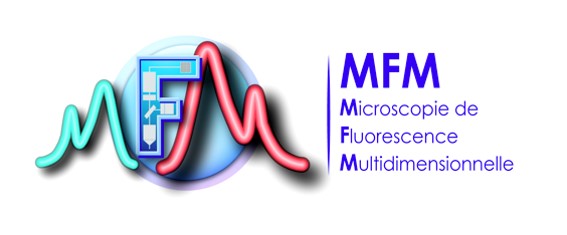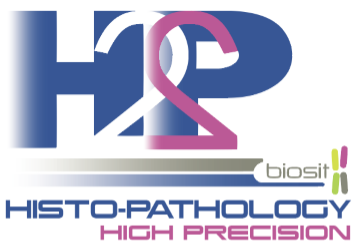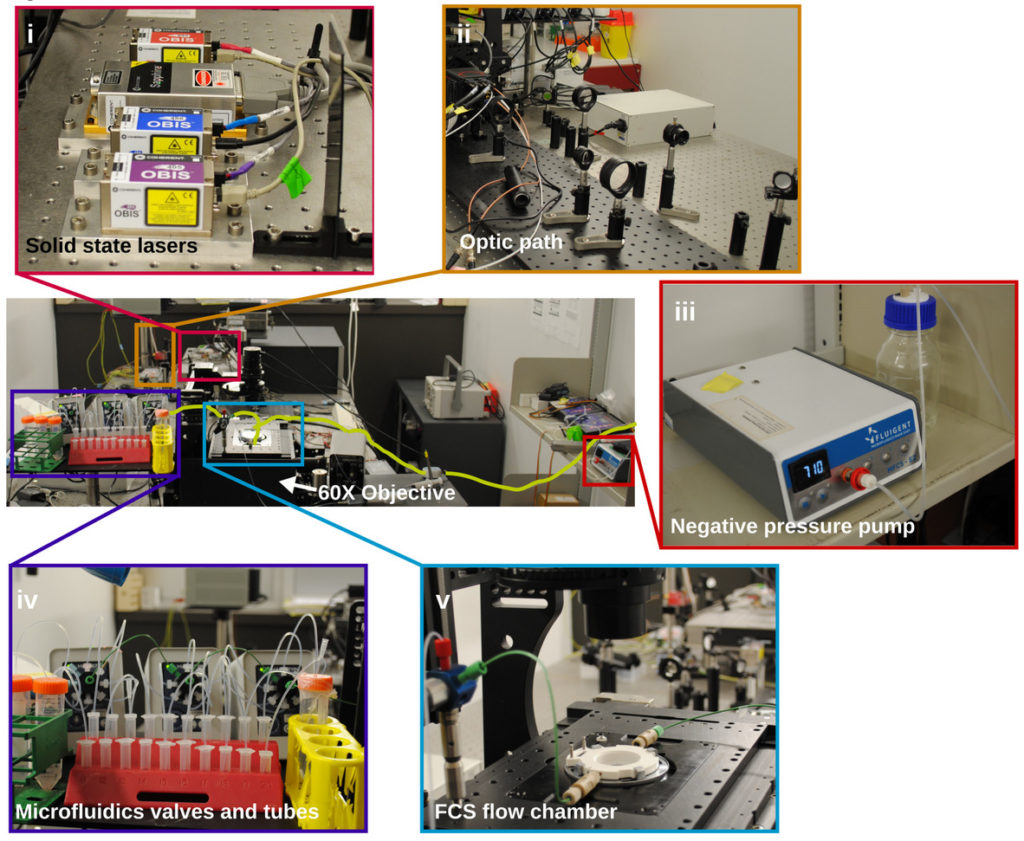The first practical workshop « Imaging Organoids: from the bench to the microscope » will take place in Bordeaux, from Mon 27th Sept to Fri 1st Oct 2021.
The aim of this workshop encompasses most of the workflow steps from the 3D-sample preparation (organoids, spheroids, encapsulated 3D cultures), how to process them (histology, staining), how to mount them (for upright, inverted etc…), and finally how to image them with various microscopy techniques (from super resolution microscopies -liveSR or STED- to microscopies dedicated to thick samples (two-photon, ultramicroscope), from fast optical scanning spinning-disk to High Content Screening -HiTech and LowTech-).
Bench work is possible thanks to the TBM Core Facility, and the microscopes are provided by the BIC facility and the LP2N (home-made setup).
This workshop is open to all (PhD students, Postdocs, Engineers, Technicians, Researchers and Teaching Assistants) who would like to learn how to prepare their 3D samples for photon microscopy.
The number of attendees will depend on the rules that will prevail at this time. Seats will be limited.
Registration is free but mandatory https://wkshpimageoids.sciencesconf.org/
Registration deadline: 6th Sept at noon. The organisation committee will then select participants and contact them shortly after registration closure.
There will be 4 seminars with the following keynote speakers:
- Xavier Trepat –link– (IBEC, Barcelone)
- Fanny Jaulin –link– (Institut Gustave Roussy, Paris)
- Laura Broutier –link– (CRCL, Lyon)
- Charlotte Rivière –link– (ILM, Lyon)
Each seminar will be preceded by a talk from our industry partners: Corning, StemCell, TreeFrog Therapeutics and Idylle. They will be accessible freely on a dedicated streaming platform, upon ad-hoc registration which will be set soon.
This workshop is organized with the support of the GdR ImaBio, the GdR Organoids and France Bio-Imaging.









